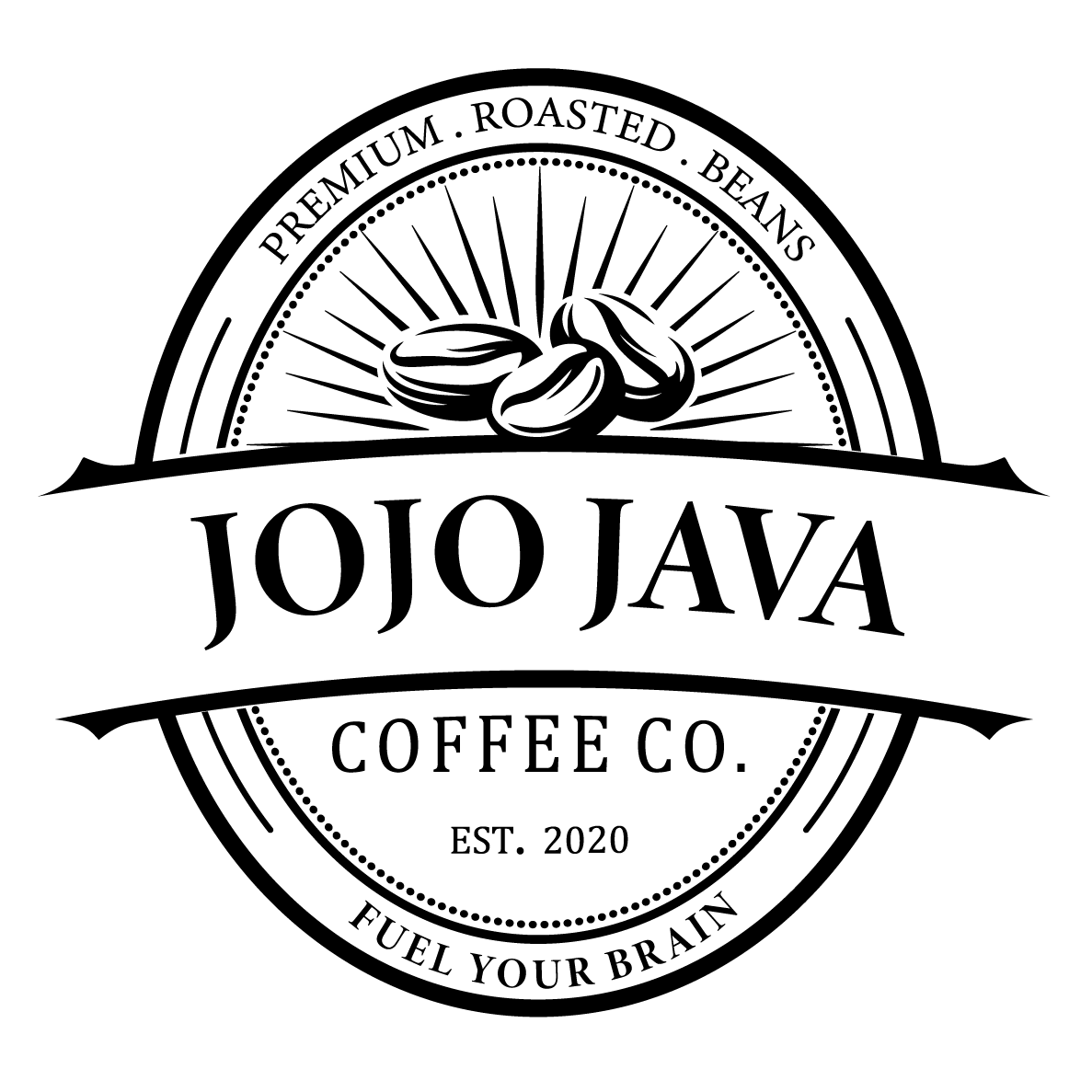Okay, so depending on where you live, the water that’s coming out of your faucet will be wildly different.
So the question is: do you know what’s coming from your faucet?
There are definitely basic health questions that come up when we’re talking about tap water, but you might be asking yourself: how does coffee come into the picture?
The answer might surprise you…
Tap Water Coffee (and its Dangers)
Okay, so firstly, we’re not saying that all tap water is bad or dangerous. The issue is that some tap water is bad and dangerous, and when it’s bad, it’s really bad.
Here are some facts from a report on tap water (across the US specifically) and what was found.
Keep reading to see how this might affect your morning cup of coffee made in a coffee maker that you fill with tap water.
Want an Arsenic, Lead, or Toxic Chemical Latte?
Now again, we’re not trying to freak anybody out, we’re just trying to report the findings of a study, and make you aware of some of the things to look out for.
About a year ago, the Guardian and Consumer Reports conducted a nine-month study on tap water across the United States.
Here are some of the worst things the study uncovered:
- A condominium in Connecticut had double the acceptable government level of lead in their tap water.
- A church in North Carolina had water that was teeming with PFAS (potentially toxic chemicals used in household products)
- A home in Texas not only had excess lead and PFAS, but it also had troubling amounts of arsenic in it too.
These were certainly some of the worst offenders of the study, and it’s important to note that a single sample from a single moment doesn’t necessarily represent an entire water supply– but these facts can’t be ignored.
If you want to see some more details about the bigger picture:
- 35% of all samples had PFAS
- Nearly 8% of all samples had arsenic
- 118 out of 120 samples had lead that was at a level that could be detected
So how does coffee come into play? Well, consider this perspective.
Tap Water Java: Garbage In, Garbage Out
It’s not as common nowadays for folks to drink tap water. Many people have some sort of filtered or bottled water when it comes to what they’re drinking.
But do you know what slips past so many people’s radars? The fact that they’re filling their Keurigs and coffee makers with tap water.
And whether this is happening at an office building or in your home, you may be drinking way more tap water than you realized. And guess what? People drink a lot of coffee. So if they’re not careful, they could be subjecting themselves to more chemicals than they realize.
Be sure that if you’re drinking coffee regularly, you know where the water that’s used for brewing is coming from.
Okay, So We Have to Mention It…
Look, we know that there are some serious health concerns that have been raised in this article, so what we’re about to say next is far from the most important. But, if we’re being fully transparent… it does matter.
When you make your coffee with tap water, it is not going to taste as good as is could! So of course no one should be drinking lead, PFAS, chlorine, or arsenic. But to make matters worse, if you’re using it to make your coffee, you’re going to be tasting all of those things too.
When it comes to making yourself a delicious cup of JOJO Java, use crisp, refreshing, fresh water. Your coffee will not only be much safer, but it will also taste cleaner, and more delicious.
NOTE: Be careful if you’re using gallons of distilled water. In some Kuerigs (and other coffee makers) the water causes the sensors to glitch out a bit.
So if you’re looking for the most delicious cup of coffee you’ve had lately, get some clean water, and brew yourself some JOJO Java pods. You’ll be glad you did.
Oh, and if you’re looking to restock on your JOJO Java, you can do that here.


